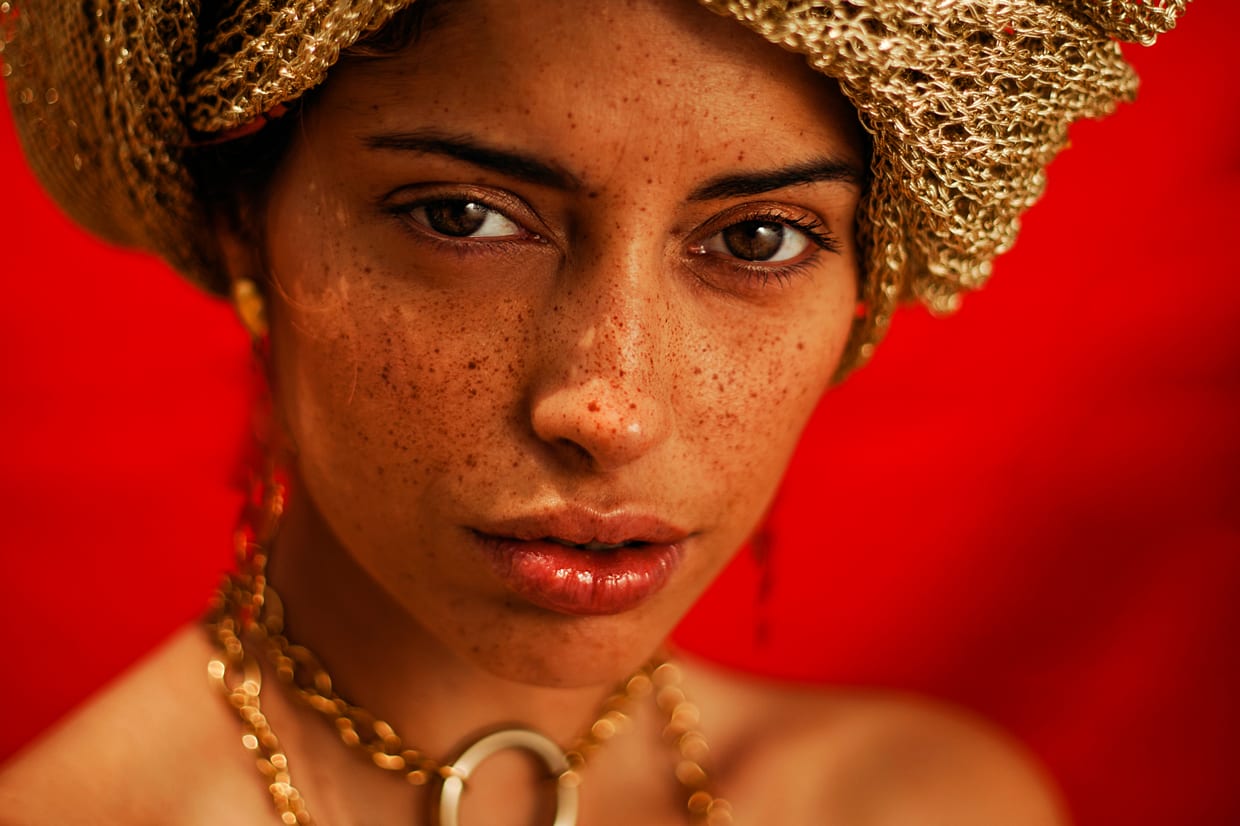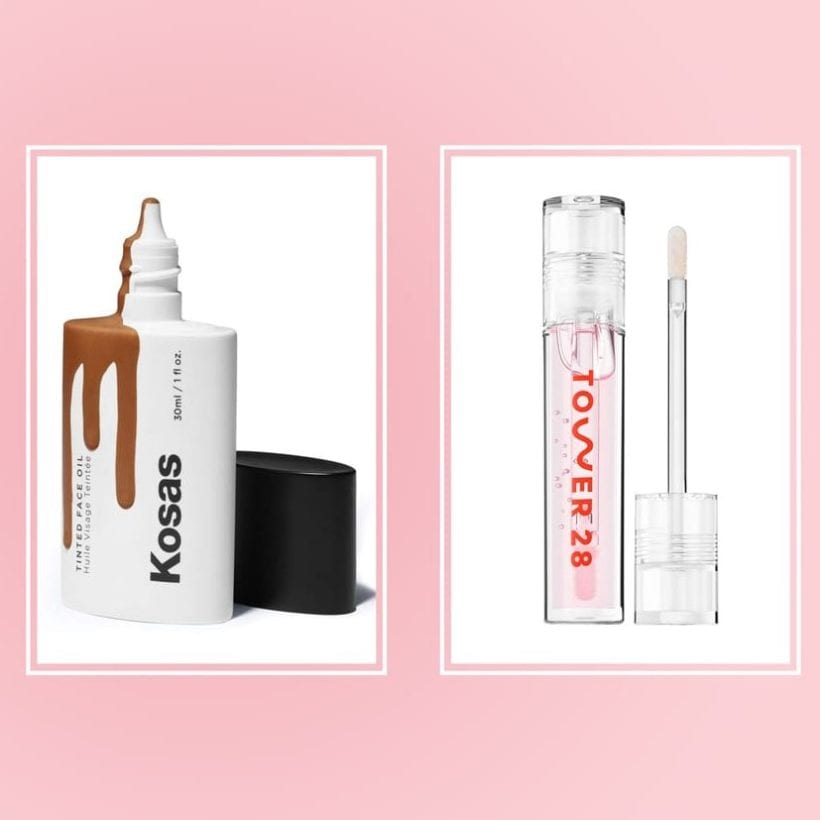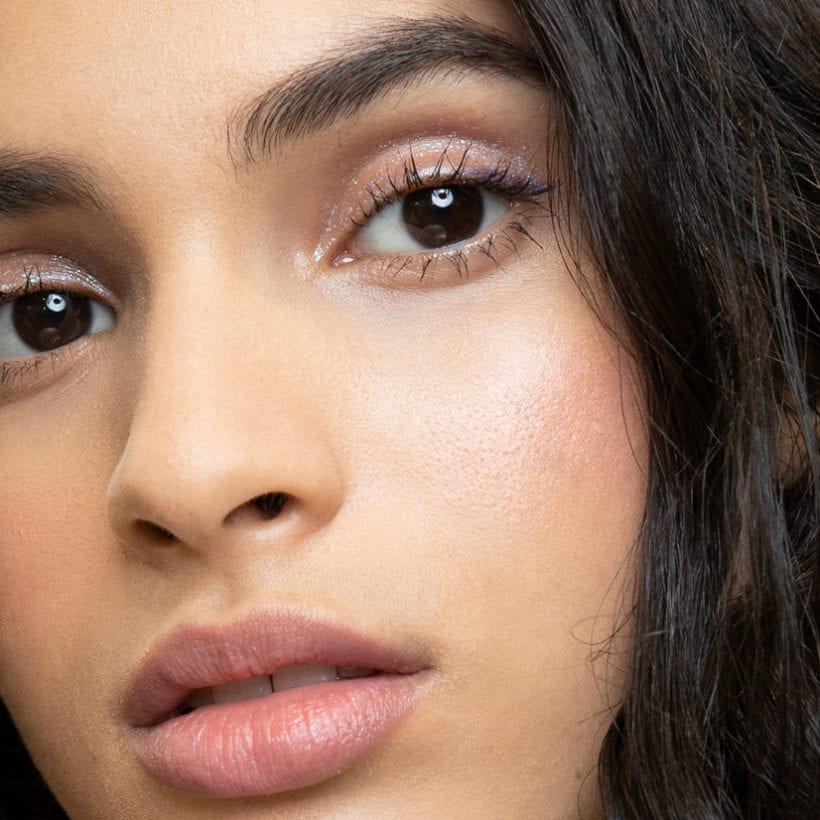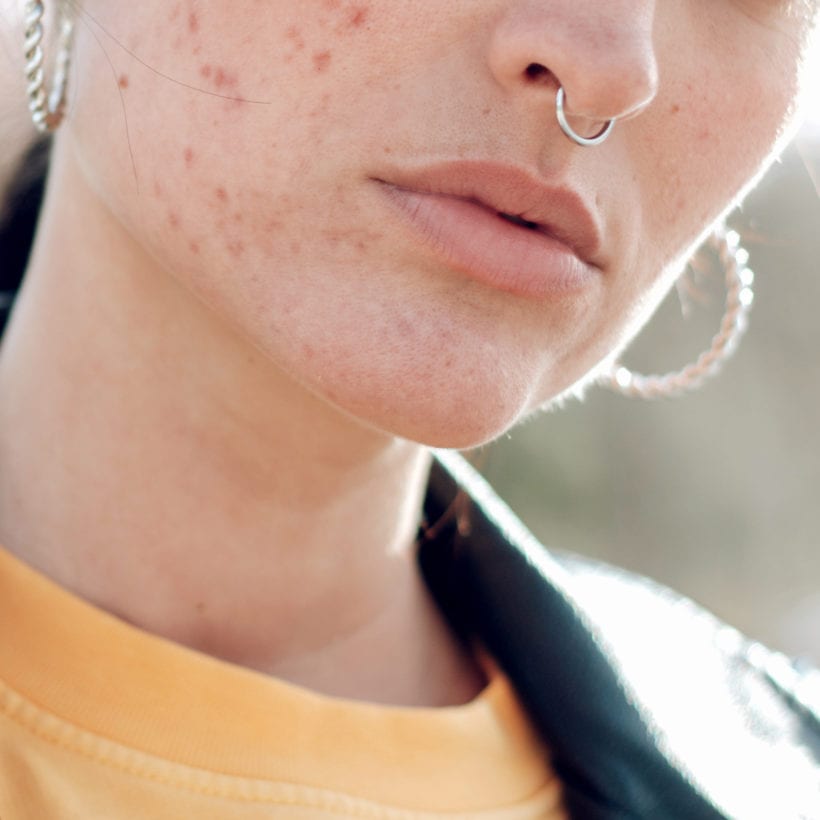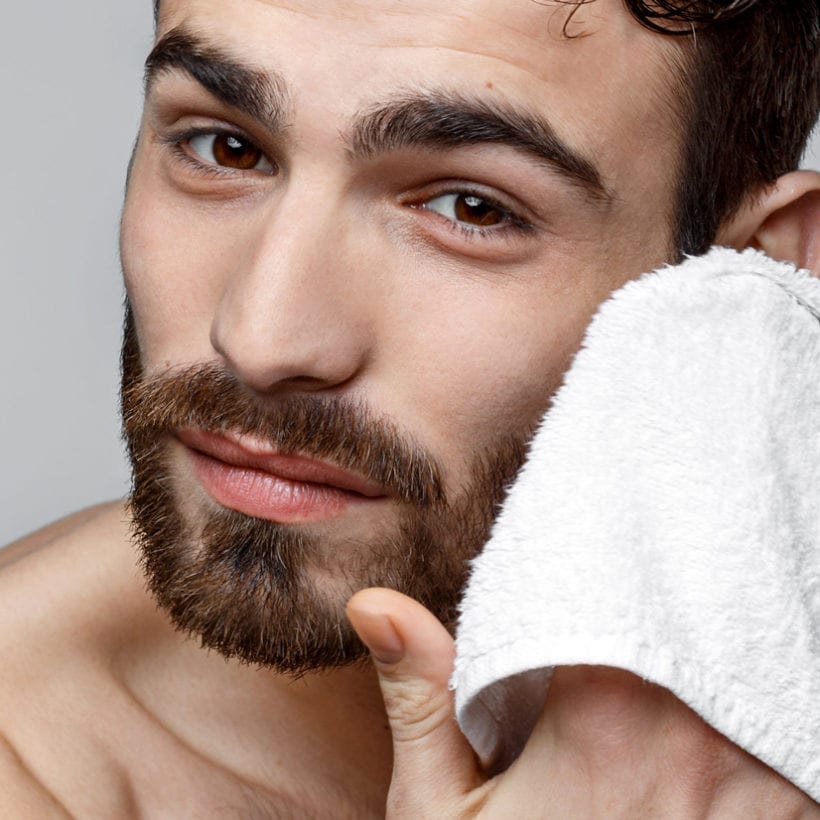I have had freckles for as long as I can remember. I will never forget how awful it felt when a bully suggested playing connect the dots on my face. If I had a dollar for every time someone called me freckleface, I would be rich.
But these days I love my freckles; and I love seeing them on others, too. It is like a membership to an exclusive club that not everyone gets to be a part of. Nowadays, there are even social media filters to add them to your selfies and people are going as far as tattooing them on their faces as a form of self-expression.
But beyond freckles being an awesome form of natural beauty, what are they? Why do they exist? I realized for most people they are kind of a mystery. So I spoke with two skincare experts, Adriana Lombardi, M.D., director of Skin Cancer & Cosmetic Center of NJ and Terri Raymond, PA-C, a medical and aesthetic dermatologist at SK Dermatology in Englewood Cliffs, New Jersey, to get a better understanding of them.
What are freckles?
Raymond explains that freckles form due to a combination of genetic and environmental factors. “Variation in genes, including the MC1R gene, is associated with one type of freckles called ephelides,” she says.
Even though freckles are more prominent after sun exposure, they are actually not indicative of sun damage.
These kinds of freckles are determined by your genetics and will typically become darker and more apparent with sun exposure and lighter without.
The second type is called lentigines, she says. These are the result of UV exposure and occur on sun-exposed areas, but the color remains consistent throughout the year.
Even though freckles are more prominent after sun exposure, they are actually not indicative of sun damage. Conversely, they are a way for your body to “prevent” sun damage by increasing melanin production in the skin which in turn gives the skin more of a natural UV defense.
Lombardi explains, “Freckles are thought to be a natural defense mechanism that the body created to help prevent burns. The darker a person’s skin, the more melanin (pigment cells) it contains, this acts as a natural SPF.” That does not mean you can skip your daily dose of sunscreen, however. The American Academy of Dermatology recommends using at least SPF 15 in your day-to-day activities — with or without freckles.
As you may have noticed, some people tend to freckle more easily than others. Lombardi says that’s thanks to their genes because individuals with lighter skin tend to have more prominent freckles.
What Is the difference between freckles, sunspots and moles?
Contrary to popular belief, freckles, sunspots (also known as age spots) and moles are not the same. Rachel Nazarian, M.D., a dermatologist at Schweiger Dermatology Group in NYC breaks it down:
- Where do they appear?
“Freckles and sunspots are flat discolorations on the skin. Moles come in many different shapes and sizes and can be raised or flat. While freckles and sunspots will appear as clusters on sun-exposed areas of the body (typically on your face, neck, chest, arms and back), a mole can appear anywhere.” - What color are they?
“Freckles are lightly colored (tan, brown or reddish) spots on the skin, sunspots tend to be a little bit darker than freckles, and moles can range in color from light and fleshy-colored to very dark — even blue.” - What are they caused by?
“Genetics plays a part in all three, and your own baseline normal color may also increase your risk of having more or less of freckles, and sunspots. But while freckles and sunspots are influenced by radiation and sun exposure, moles are purely genetic.”

- What are their size and shape?
“There isn’t a perfect description of size and shape, because freckles, sunspots, and moles can come in many sizes and shapes. Generally, freckles tend to be the smallest, then moles, then sunspots, but there’s a lot of overlap between the three. The biggest feature to note is change — the size of the lesions should be stable over time, and if they aren’t, or the color changes, then you should have it evaluated by a physician ASAP.” - Which age group do they affect?
“Freckles are more common in the first two decades of life (appearing in people as young as two years old) and become more prominent with age. Sunspots generally occur thereafter. Hormonal changes, such as through medications and pregnancy, may increase our bodies’ sensitivity to radiation and sunlight and affect when we notice them more.” Most moles appear before the age of 25 and new ones that develop after that should get examined at your yearly skin checkup. - How do they evolve?
“Freckles tend not to change the texture of shape over time, while lentigos or sun spots can get thicker and larger over time and need to be checked regularly by a board-certified dermatologist. Moles change depending on their type, but generally do not increase in size, and also should be monitored with annual skin exams to check for changes that might be concerning for skin cancer.”
If you want to prevent them, what can you do?
If freckles are not really your thing, the most helpful way to prevent new ones from forming or minimize the appearance of your existing freckles is to practice sun protection. “You can do this by staying indoors during peak sun hours mid-day, by wearing sun-protective clothing and/or by using a broad-spectrum sunscreen year-round,” says Nazarian. “For kids, I love Blue Lizard Sensitive Lotion SPF 30, which is lightweight and water-resistant. For teens, consider La Roche Posay Anthelios Melt-In Milk or Neutrogena Clear Face Oil-Free Sunscreen, which are very lightweight and don’t cause acne. Wallaroo Hat Company makes cute sun-blocking broad-brimmed hats that are recommended by the Skin Cancer Foundation and are UPF50+,” she says.
Supplements like Heliocare can help protect your skin from the inside out. “Heliocare is a natural leaf extract that is an antioxidant and helps prevent sun damage and builds your skin’s tolerance to the sun,” Lombardi explains. “Vitamin C and retinol can also help decrease the appearance of freckles and brighten skin overall, but it will not stop them from forming entirely, she adds.
Treatment of freckles, which is different from prevention, involves in-office lasers, chemicals peels, and topicals used to lighten the pigment. For instance, Raymond uses “Cutera Excel V+, a laser treatment that effectively removes brown spots while preserving the underlying skin.” Though you may need more than one treatment, the spots actually seem darker after the session and then begin to fade within two weeks.

Especially for kids and teens, always chat with your dermatologist when trying new products or considering any of these options.
Are freckles dangerous?
Freckles are nothing to worry about, other than the fact that those areas have more exposure to UV rays.
Raymond also stresses the importance of having any spots properly diagnosed before trying to treat them. She says, “A qualified practitioner can diagnose the brown spots as benign freckles or sunspots and not a sign of pre-cancer or skin cancer.” Hint, hint: This is your friendly reminder to have your annual skin exam done if you have not already.
We only recommend products we have independently researched, tested, and loved. If you purchase a product found through our links, Sunday Edit may earn an affiliate commission.
